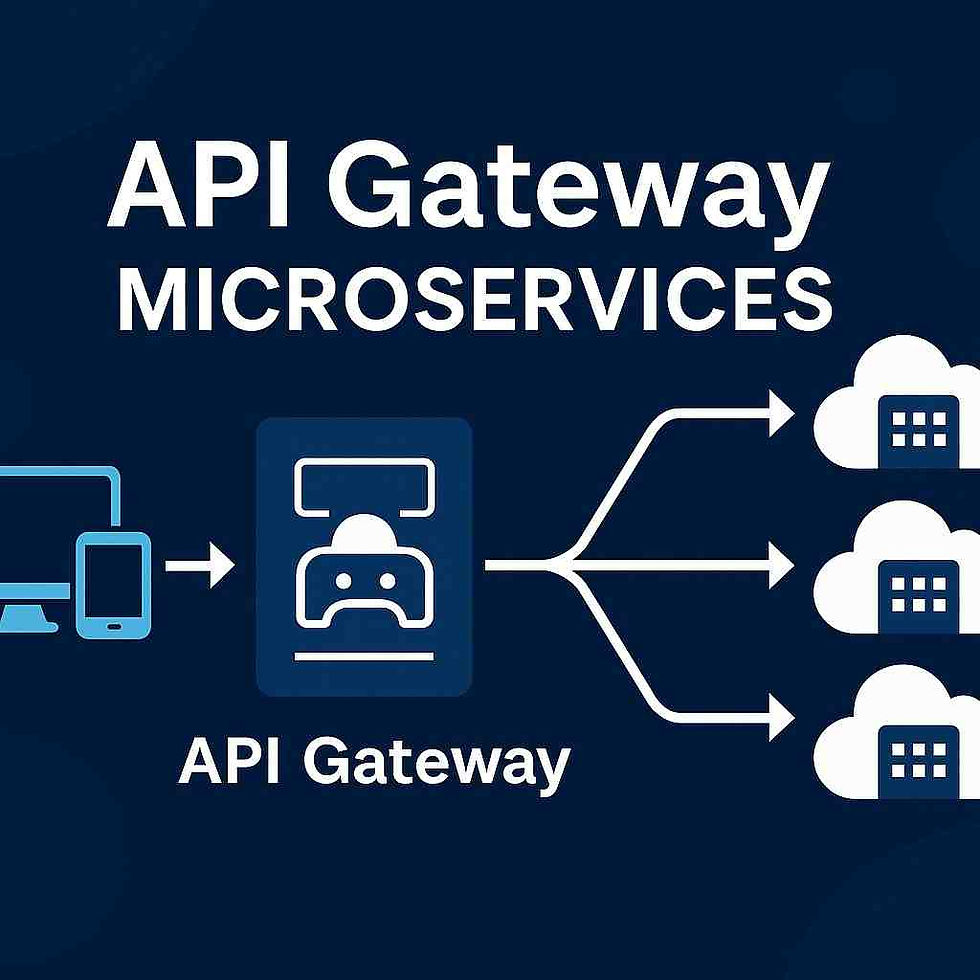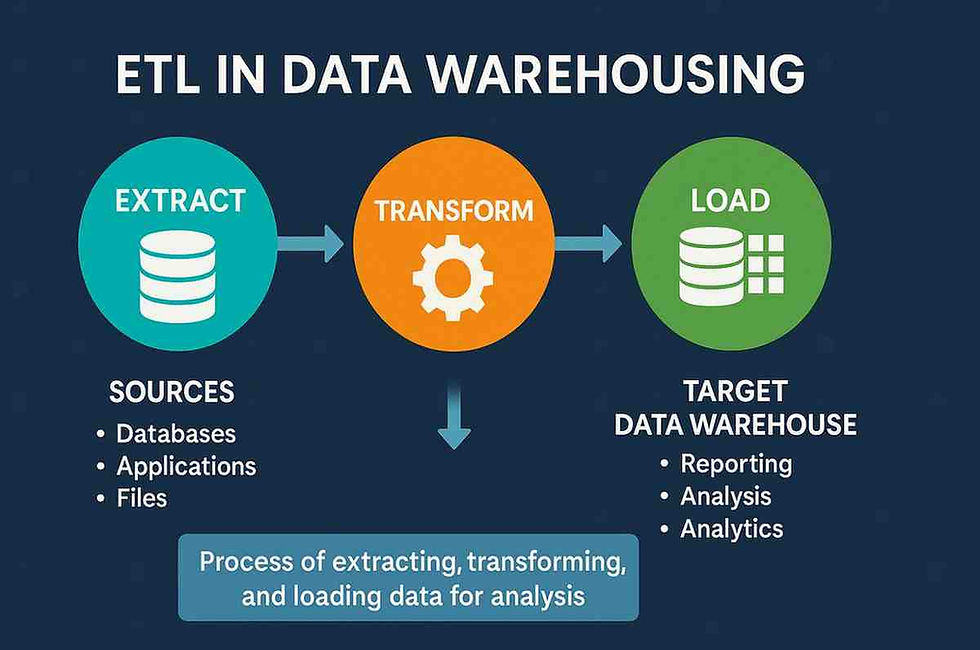Your Comprehensive Guide to SOAP API Testing
- Gunashree RS
- Dec 14, 2024
- 5 min read
SOAP (Simple Object Access Protocol) API Testing is a crucial aspect of ensuring the reliability and functionality of SOAP-based web services. Despite the growing popularity of RESTful APIs, SOAP APIs remain widely used in industries requiring strict standards, security, and reliability, such as finance and healthcare. Testing these APIs is vital to ensure they meet the defined specifications and business needs.
In this detailed guide, we’ll explore the fundamentals of SOAP API Testing, its significance, the tools available, and how to implement best practices for efficient testing.
What is SOAP API Testing?
SOAP API Testing is the process of validating the operations and functionalities of SOAP-based web services. It ensures that the SOAP APIs perform as expected, handling requests and responses accurately while adhering to the standards outlined in the WSDL (Web Services Description Language).
SOAP APIs utilize XML for communication, providing a structured format for data exchange. Testing focuses on verifying inputs, outputs, error handling, and compliance with business logic.

Why SOAP APIs are Still Relevant
Although REST APIs dominate modern software development, SOAP APIs are still preferred in several use cases due to their:
Strict Protocols: SOAP provides robust error handling and security measures.
Reliability: Widely used in mission-critical applications like banking and healthcare.
Stateful Operations: SOAP supports stateful operations, unlike REST, which is stateless.
Standardization: SOAP adheres to established standards, ensuring consistency.
Key Characteristics of SOAP API Testing
XML-Based Protocol: SOAP relies on XML for data formatting and exchange.
Strong Security: It supports WS-Security for encrypted communication and authentication.
WSDL Documentation: Testing involves validating the API against the WSDL specifications.
Transport Independence: SOAP can work over HTTP, SMTP, or other protocols.
Standardized Error Handling: Provides detailed fault messages for debugging.
How SOAP API Testing Differs from REST API Testing
Aspect | SOAP API Testing | REST API Testing |
Protocol | Strict and standardized | Flexible and lightweight |
Data Format | XML | JSON, XML, YAML, or plain text |
Security | High, supports WS-Security | Relies on HTTPS and OAuth for security |
State Management | Supports stateful and stateless operations | Stateless |
Complexity | More complex due to strict standards | Simpler and faster |
Advantages of SOAP API Testing
Ensures High Security: Validates encryption, authentication, and message integrity.
Standardized Documentation: The WSDL serves as a blueprint for testing.
Detailed Error Reporting: Fault elements in SOAP messages aid in debugging.
Versatility: Compatible with multiple transport protocols.
Improves Application Reliability: Detects bugs early, ensuring seamless API integration.
Common Challenges in SOAP API Testing
Challenge: Managing complex XML payloads.
Solution: Use tools with XML parsing capabilities, such as SoapUI.
Challenge: Lack of updated WSDL documentation.
Solution: Work closely with developers to keep the WSDL current.
Challenge: Handling large message sizes.
Solution: Optimize test environments and use mock APIs to manage payloads.
Top Tools for SOAP API Testing
SoapUI: A comprehensive tool for testing SOAP and REST APIs.
Postman: Supports SOAP testing with detailed response validation.
Apache JMeter: Suitable for load and functional testing of APIs.
Katalon Studio: A versatile platform for SOAP, REST, and UI testing.
ReadyAPI: An advanced version of SoapUI for enterprise-grade testing.
Tricentis Tosca: Provides robust automation capabilities for SOAP API Testing.
Steps to Conduct SOAP API Testing
Understand the WSDL: Analyze the operations, data types, and endpoints.
Set Up the Test Environment: Configure dependencies, such as databases and servers.
Define Test Cases: Include scenarios for valid, invalid, and edge-case inputs.
Send Requests: Use tools like SoapUI to send SOAP requests with the appropriate XML payloads.
Validate Responses: Compare the actual response with the expected output.
Test Fault Handling: Ensure proper error messages are returned for invalid inputs.
Document Results: Record findings, successes, and issues for future reference.
Automation in SOAP API Testing
Automating SOAP API Testing improves efficiency, accuracy, and repeatability. Tools like SoapUI, ReadyAPI, and Apache JMeter allow you to script and automate tests for faster execution. Automation is particularly beneficial for:
Regression Testing: Ensuring new changes don’t break existing functionality.
Load Testing: Measuring API performance under high traffic.
Continuous Integration: Integrating tests into CI/CD pipelines for early detection of issues.
Best Practices for Effective SOAP API Testing
Thoroughly Understand the WSDL: Familiarize yourself with the API structure.
Focus on Security Testing: Test for authentication, encryption, and data integrity.
Automate Wherever Possible: Save time by automating repetitive test cases.
Use Mock APIs: Simulate endpoints to isolate the API under test.
Test Boundary Conditions: Include scenarios with maximum and minimum data limits.
Collaborate with Developers: Work closely to resolve issues quickly.
SOAP API Testing in Enterprise Applications
SOAP APIs are heavily used in enterprise-grade systems where security, reliability, and data consistency are paramount. Industries like finance, insurance, and healthcare rely on SOAP for tasks such as:
Processing transactions.
Managing customer data.
Integrating with legacy systems.
Testing these APIs ensures smooth operations, compliance with regulations, and customer satisfaction.
Real-World Use Cases of SOAP API Testing
Banking Transactions: Validating APIs for secure fund transfers.
Healthcare Systems: Testing APIs for patient data exchange.
Insurance Claims: Verifying claim submission and processing workflows.
E-commerce Platforms: Testing APIs for order management and inventory updates.
Integration of SOAP API Testing into CI/CD Pipelines
Continuous Integration and Delivery (CI/CD) pipelines enable automated testing during the development lifecycle. SOAP API Testing can be integrated using tools like Jenkins, Azure DevOps, or GitHub Actions. This ensures APIs are tested in real time with every code change, reducing the risk of post-deployment failures.
SOAP API Testing Metrics to Track Success
Test Coverage: Percentage of API functions tested.
Response Time: Average time taken for the API to respond.
Error Rate: Number of failed requests versus successful ones.
Defect Density: Number of defects per function.
Automation Ratio: Percentage of tests automated.
Future of SOAP API Testing
While REST and GraphQL APIs continue to dominate, SOAP remains relevant in sectors requiring robust security and standardization. The future of SOAP API Testing lies in:
Enhanced automation capabilities.
Integration with AI for smarter test case generation.
Greater focus on compliance testing.
Continued adoption in regulated industries.
Conclusion
SOAP API Testing is essential for ensuring the reliability and security of SOAP-based web services. Validating functionality, security, and compliancehelps maintain the robustness of mission-critical systems.
By following best practices, leveraging advanced tools, and integrating testing into CI/CD workflows, teams can ensure their SOAP APIs meet both technical and business requirements. As industries evolve, staying updated with tools and methodologies will be crucial for effective SOAP API Testing.
FAQs
1. What is SOAP API Testing?
SOAP API Testing is the process of validating SOAP-based web services to ensure they meet functionality, performance, and security requirements.
2. How is SOAP API different from REST API?
SOAP uses a strict protocol and XML format, while REST is more flexible, supporting various data formats like JSON.
3. What are the top tools for SOAP API Testing?
Popular tools include SoapUI, Postman, Apache JMeter, ReadyAPI, and Katalon Studio.
4. Can SOAP API Testing be automated?
Yes, automation tools like SoapUI and ReadyAPI are widely used to streamline SOAP API Testing.
5. Why is the WSDL important in SOAP API Testing?
The WSDL serves as the contract that defines the API’s operations, inputs, and outputs.
6. What challenges arise in SOAP API Testing?
Complex XML payloads, outdated WSDLs, and large message sizes are common challenges.
7. How do you test SOAP APIs for security?
By validating authentication protocols, encryption, and data integrity mechanisms.
8. Is SOAP API Testing relevant for modern applications?
Yes, especially in industries like banking, healthcare, and insurance that require strict security and standardization.
Key Takeaways
SOAP API Testing ensures the functionality, security, and reliability of SOAP-based web services.
Tools like SoapUI and ReadyAPI simplify the testing process.
Best practices include understanding the WSDL, automating tests, and focusing on security.
SOAP APIs remain crucial in industries where compliance and reliability are paramount.




Comments